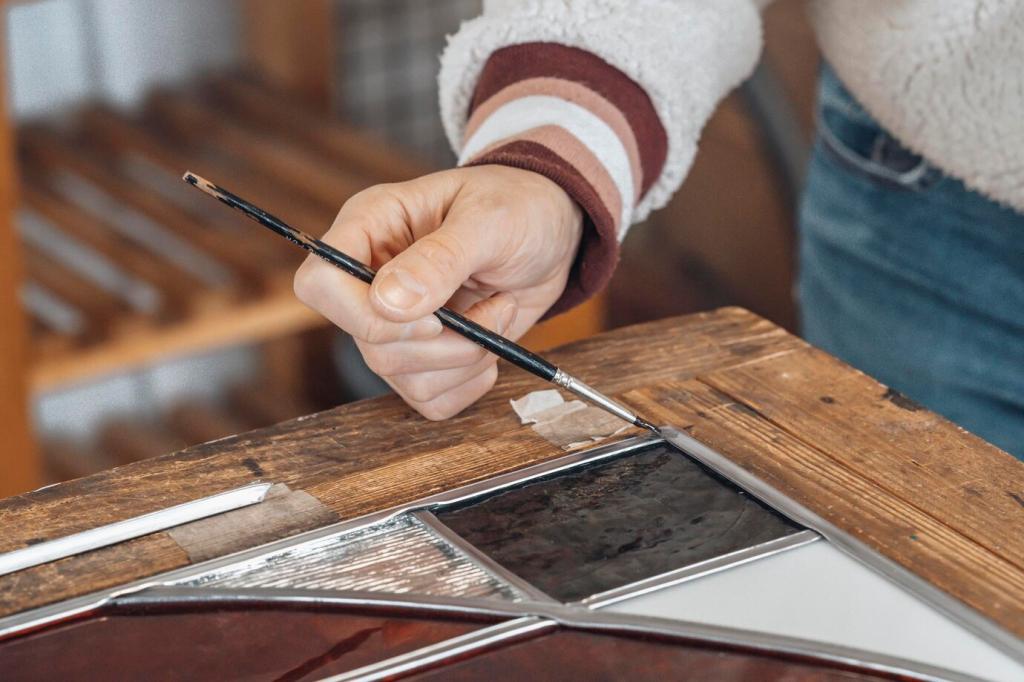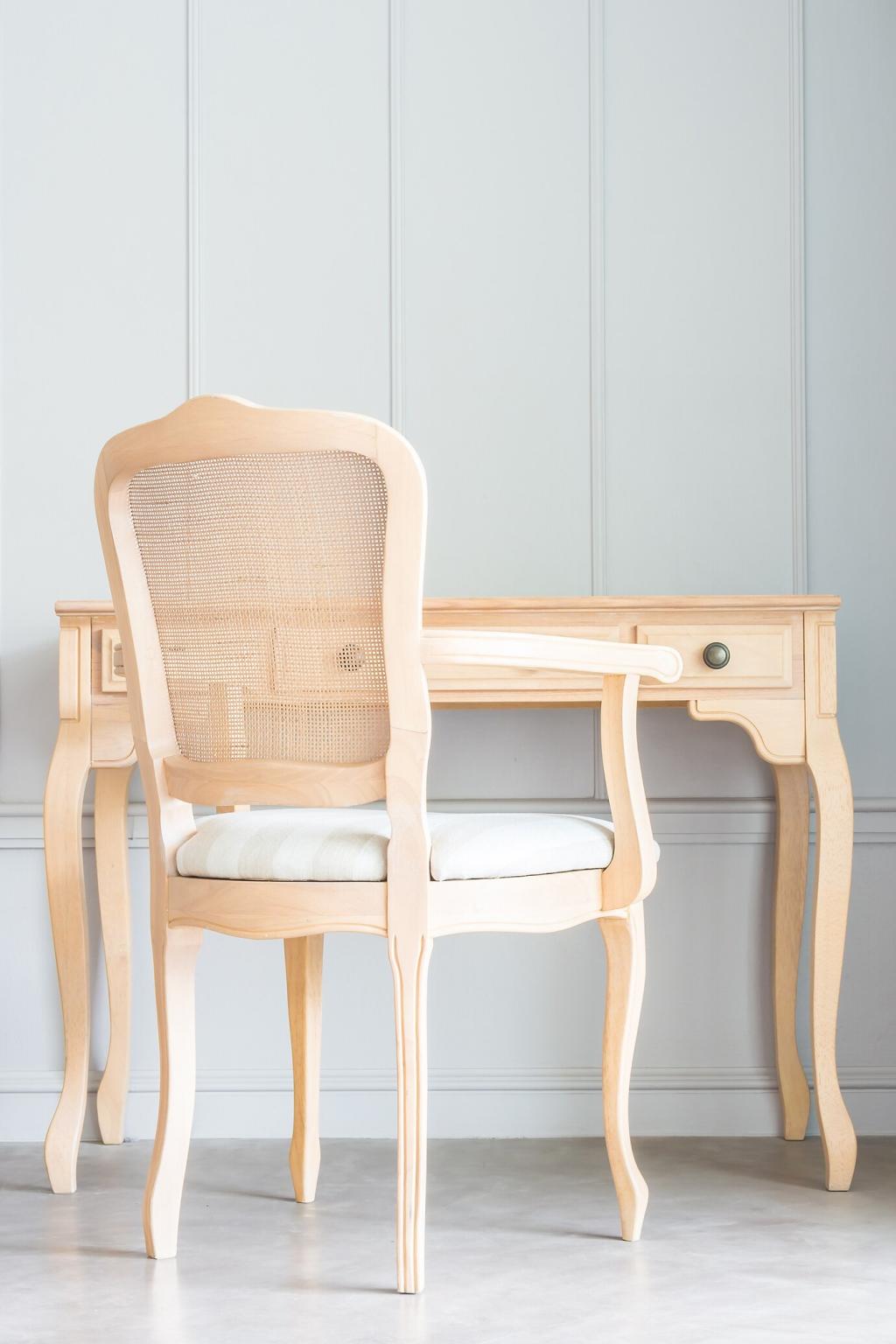Eco-Friendly Benefits of Upcycling Old Furniture
Upcycling old furniture is an increasingly popular approach to sustainable living, offering a multitude of ecological advantages. Rather than discarding items and contributing to landfills, upcycling involves creatively reimagining and refurbishing existing pieces. This practice not only reduces waste but also minimizes resource consumption and lowers the environmental impact of household furnishings. Embracing upcycling supports a greener future while adding unique character and charm to your home.

Reducing Waste and Landfill Contributions
01
Landfills are under tremendous pressure, filling rapidly as our consumption rates soar. Furniture makes up a substantial portion of landfill waste due to its size and frequent replacement. When old furniture is upcycled, these bulky items are kept in use for much longer, easing the strain on local dumps and reducing the accompanying environmental hazards, such as soil contamination and methane gas emissions. Over time, widespread upcycling makes a tangible impact on the volume of waste that must be managed.
02
Choosing to upcycle furniture helps decrease the demand for new raw materials. The manufacturing of furniture can be resource-intensive, requiring significant amounts of wood, metals, and plastics that are often extracted from finite sources or produced through polluting industrial processes. Upcycling repurposes items already in circulation, conserving precious resources and cutting back on the energy and water required in traditional production pipelines.
03
Modern consumer habits often encourage the disposal of items in favor of new purchases, fostering a throwaway mentality. Upcycling shifts this paradigm by demonstrating the lasting value and versatility of existing furniture. Each piece that is restored or transformed serves as a tangible example of how creativity and effort can supplant wasteful habits. This mindset shift extends beyond the home, nurturing more responsible consumption patterns community-wide.
The creation of new furniture involves numerous steps, each contributing to carbon emissions—from the harvesting of materials to processing, assembly, and transportation. By upcycling, these emissions are effectively bypassed. Transforming an old chair or table in your home requires only a fraction of the energy compared to creating a new one from scratch, making it a powerful personal contribution to lowering your carbon footprint.

Cultivating Sustainability at Home
Inspiring Eco-Conscious Behaviors
Engaging in upcycling projects nurtures a heightened awareness of personal consumption and its impacts on the world. As people witness firsthand the transformation and extended usefulness of furniture, they are encouraged to question other habits and adopt more sustainable practices, such as reducing single-use items, saving energy, and choosing locally sourced goods.
Education Through Practical Action
Upcycled furniture projects offer valuable learning opportunities, particularly for children. By participating, younger family members gain practical skills—such as repairing, painting, or designing—which promote creativity and problem-solving. More importantly, these activities plant the seeds of environmental stewardship early on, teaching the next generation the value of conservation and resourcefulness.
Building Community Connections
Sharing upcycling techniques and results with neighbors, friends, or online communities can inspire a positive feedback loop of environmental responsibility. Swapping tips, donating finished pieces, or collaborating on group projects fosters a sense of teamwork and collective action toward sustainability. As more people engage in upcycling, the movement grows, benefitting both local ecosystems and the global environment.
